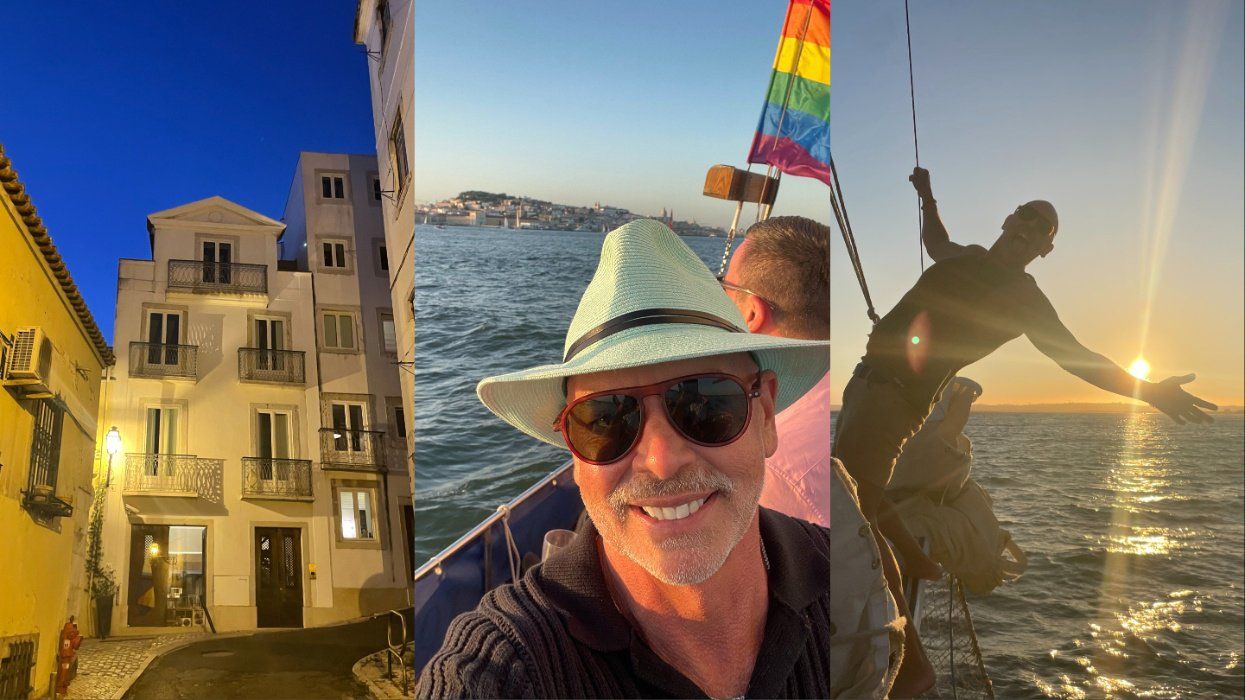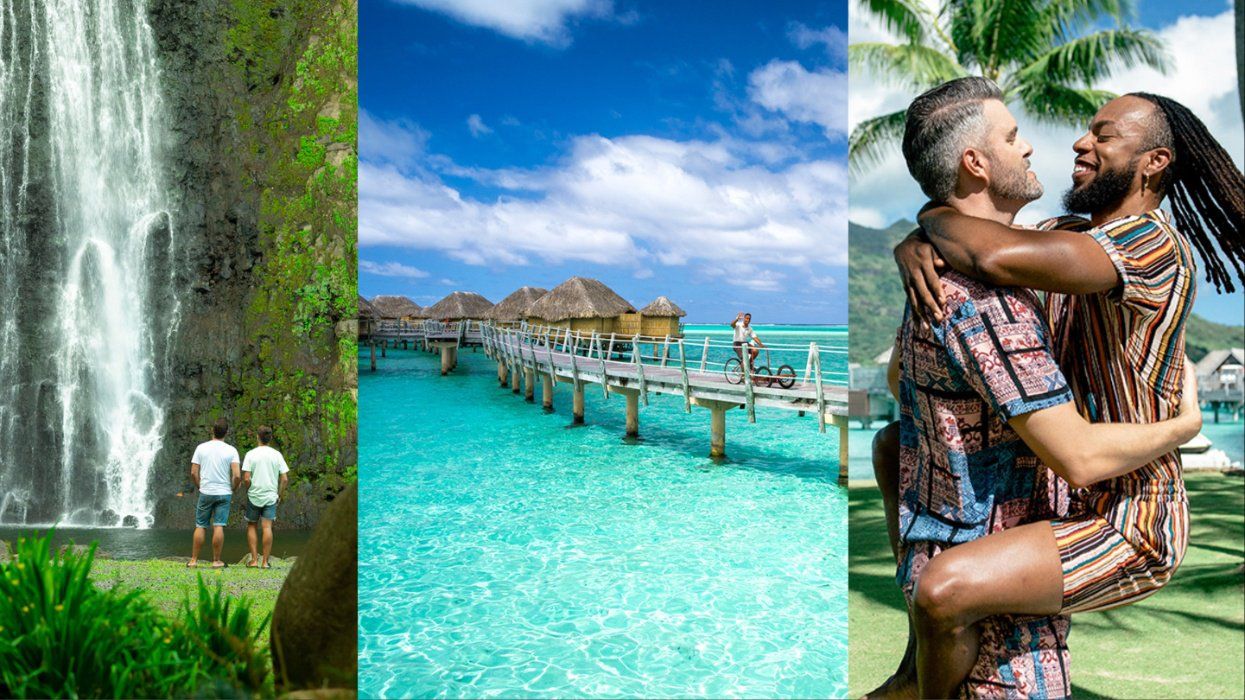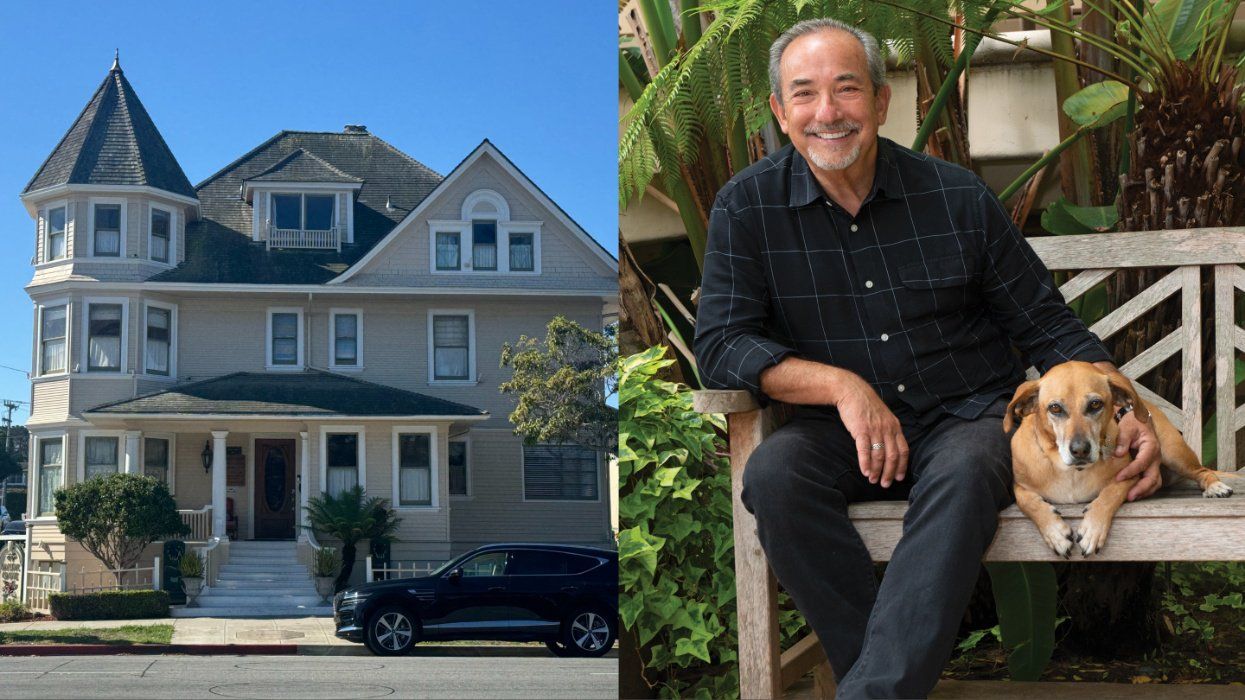CONTACTCAREER OPPORTUNITIESADVERTISE WITH USPRIVACY POLICYPRIVACY PREFERENCESTERMS OF USELEGAL NOTICE
© 2025 Pride Publishing Inc.
All Rights reserved
All Rights reserved
Scroll To Top










By continuing to use our site, you agree to our Privacy Policy and Terms of Use.
5 Isolated Parks Where You Can Get Back to Nature
Escape to A Quiet, Isolated Park
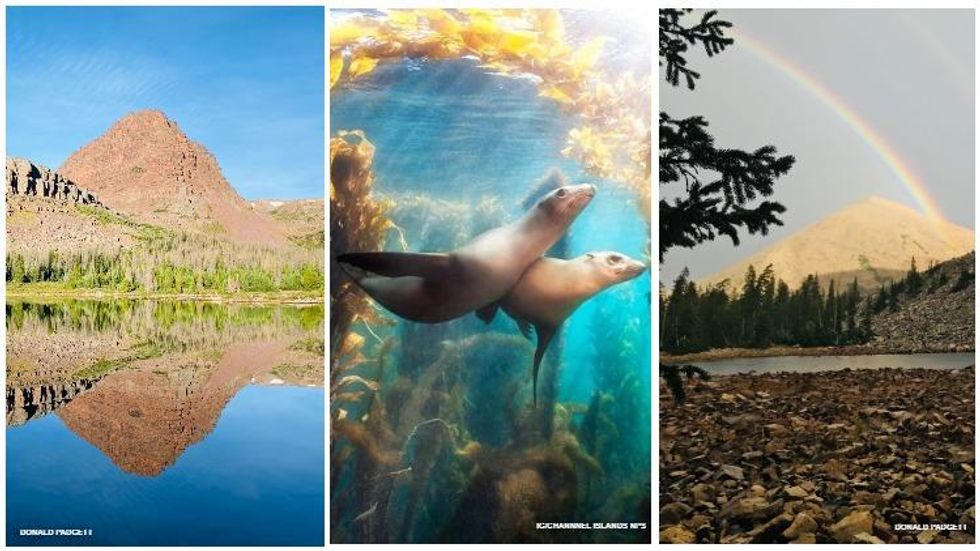
Ever feel like you need to escape the cell phones, traffic jams, and pollution of modern life if only for a weekend? Have you dreamed of having a hidden lake, stream, mountain, or island all to yourself? Well, you’re not the only one with such longings, but luckily for you there are plenty of options in the American West where you can quietly commune with nature, sometimes not seeing another person for days. While Yosemite and the Grand Canyon might be filled with tourists spoiling your solitude, here are five options where you can escape both civilization and the crowds of better-known parks or wilderness areas.
High Uintas Wilderness
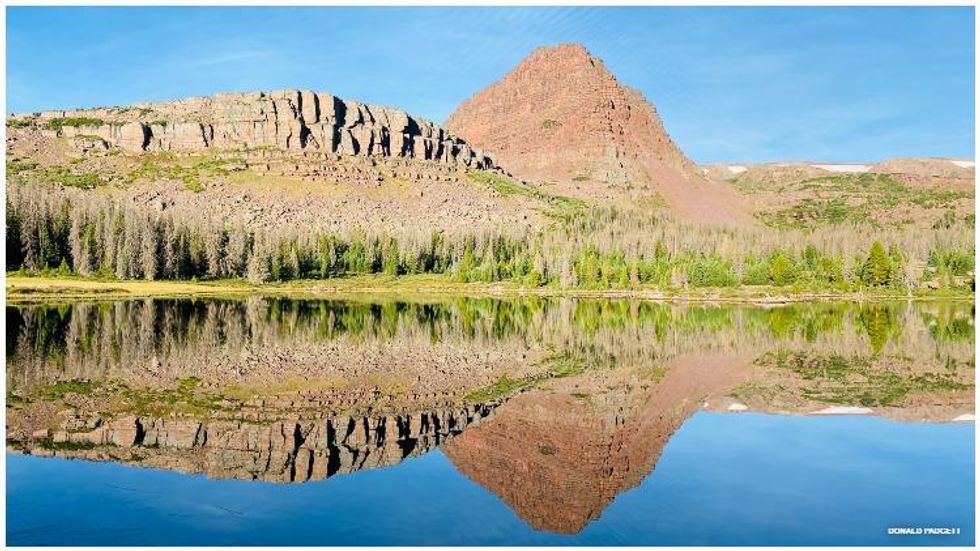
The High Uintas Wilderness tucked in the corner of Utah just below Wyoming is a few hours drive from Salt Lake City, but worlds apart. Go late in the season and you can watch Table Top Mountain reflected on the mirrored surface of Grass Lake (left) in total solitude.
High Uintas Wilderness - Utah
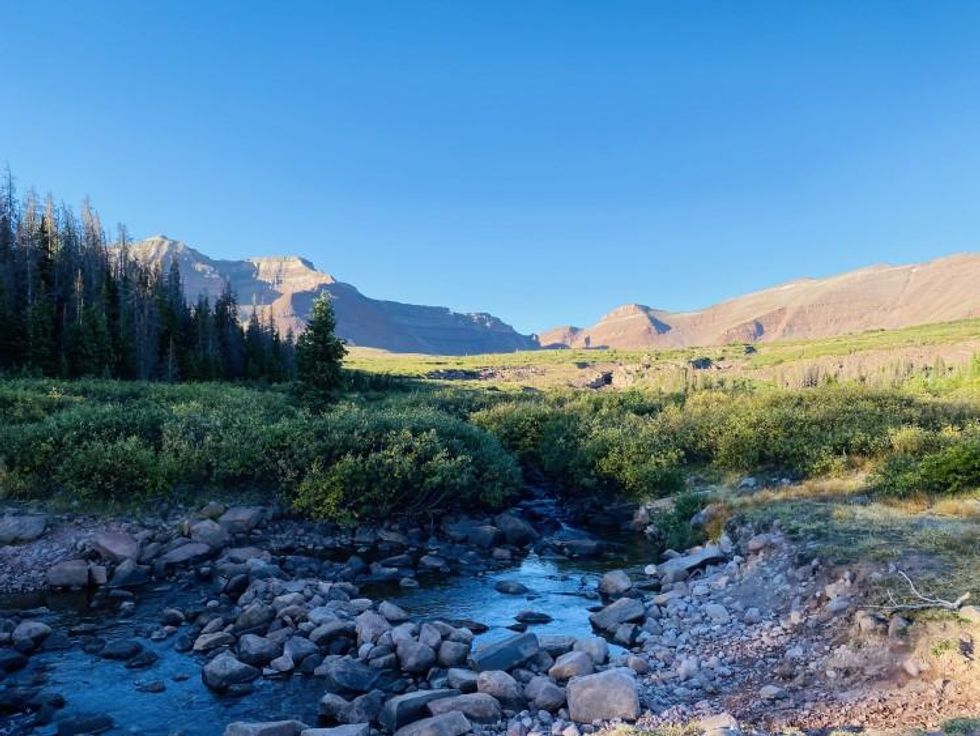
Henry's Fork Basin in the High Uintas Wilderness features dozens of stocked lakes and miles of hiking trails. Just pitch your tent and leave your worries behind.
Ruby Mountains Wilderness - Nevada
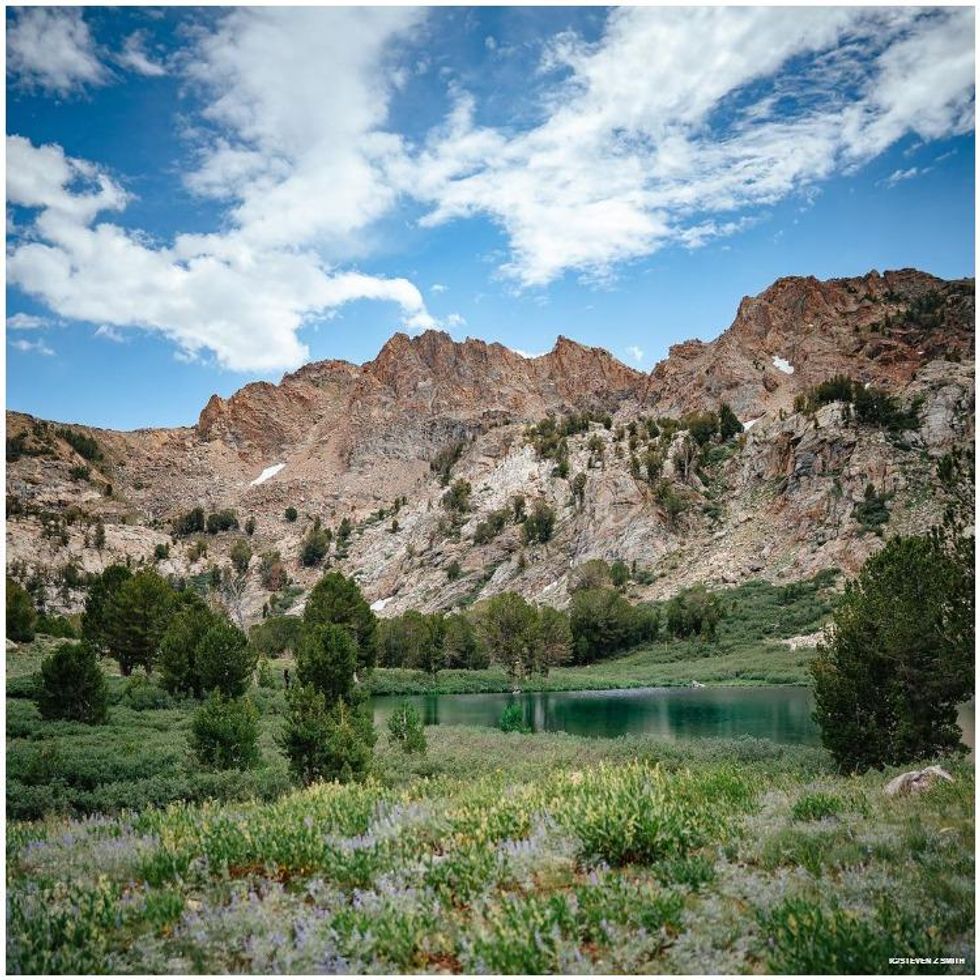
The Ruby Mountains rise from the Great Basin Desert of Nevada, a sliver of a mountain range filled with alpine lakes, streams, and vivid wildflower blooms each spring.
Ruby Mountains Wilderness - Nevada
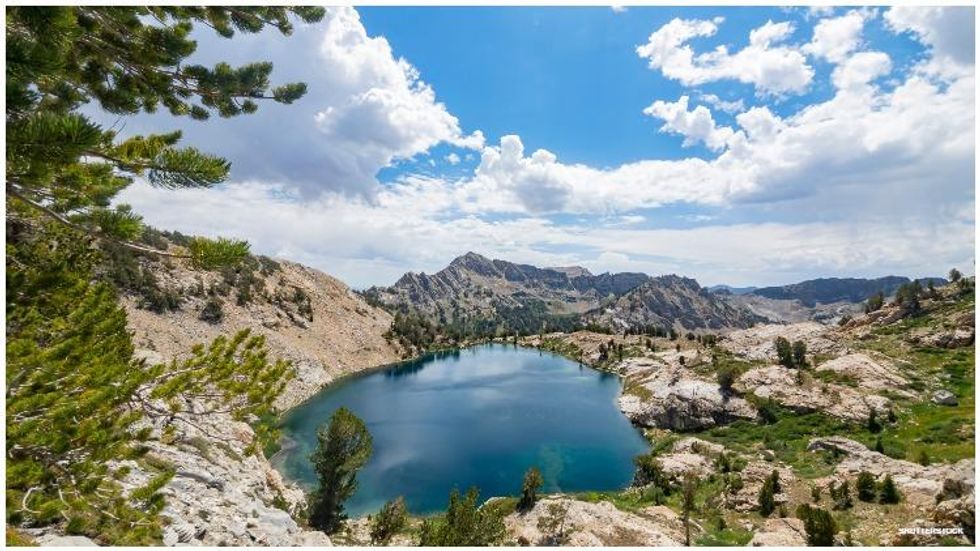
Liberty Lake looms at the top of Lamoille Canyon in Ruby Mountains Wilderness, and is the gateway to traversing the Rubies.
Channel Islands National Park - California
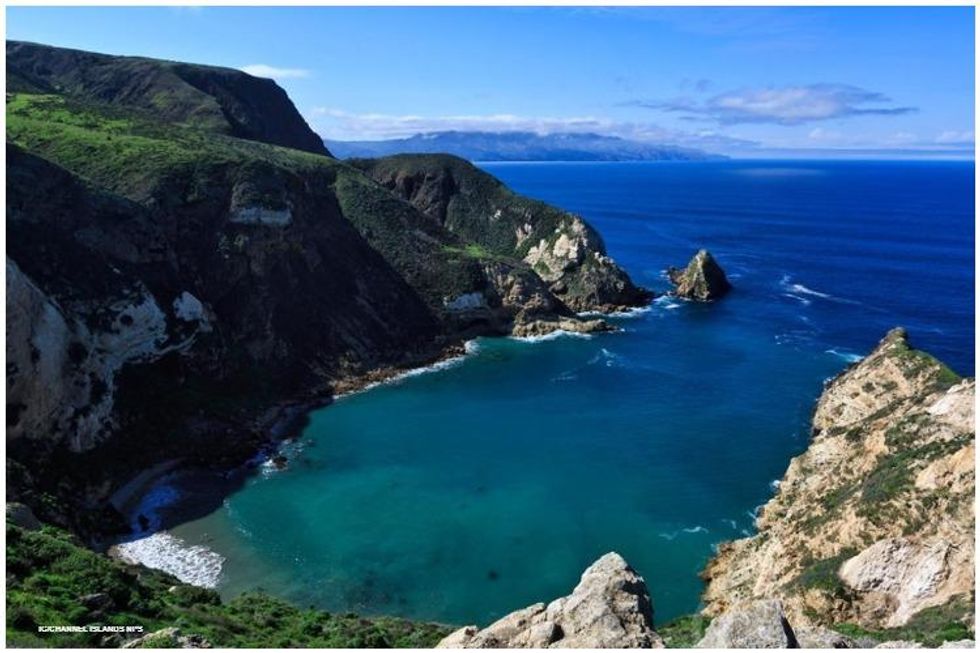
Channel Islands National Park is located a short boat ride from Southern California, but is still one of the state's least visited locations. Composed of a string of distinct islands, they offer plenty of opportunities for isolated camping, hiking, and wildlife watching. Some places, like Potato Harbor on Santa Cruz Island, can only be accessed by boat.
Channel Islands National Park - California
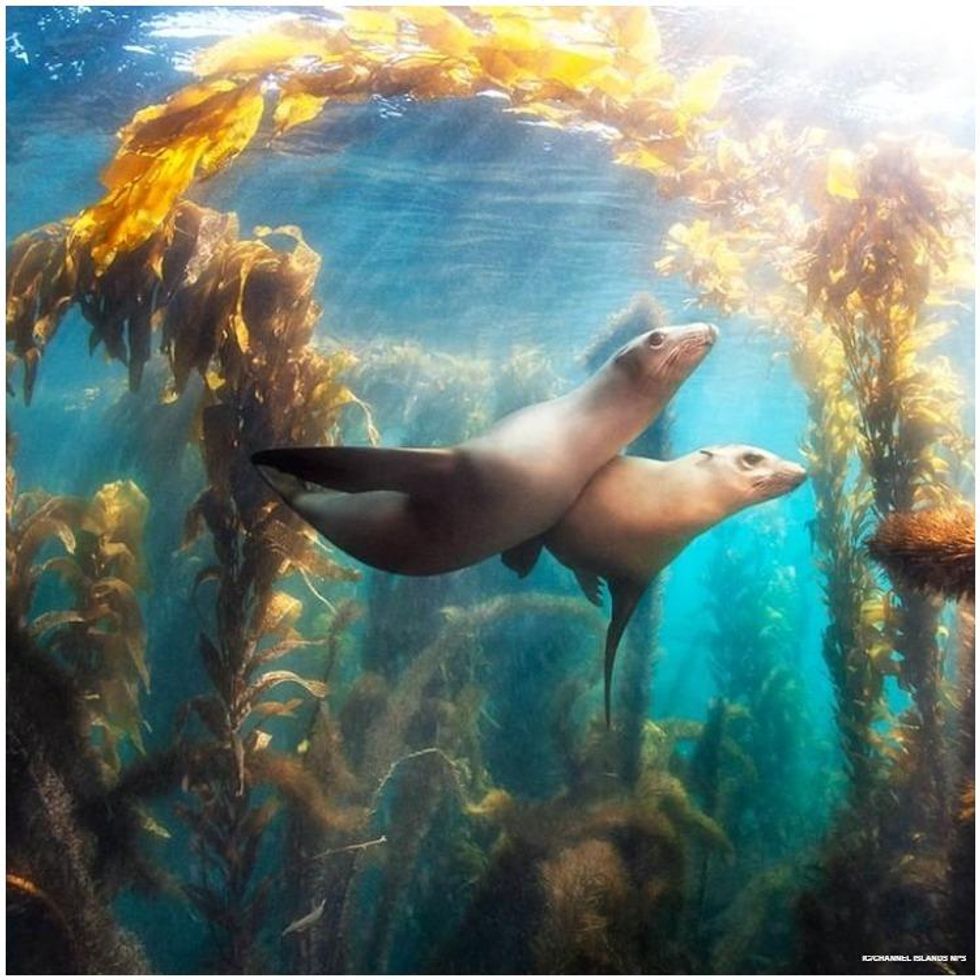
Channel Islands National Marine Sanctuary protects nearly 1500 acres of underwater kelp forests and marine life surrounding the national park's four northern islands. There are endless opportunities for diving, snorkeling, kayaking, exploring undersea shipwrecks, and more.
Great Basin National Park - Nevada
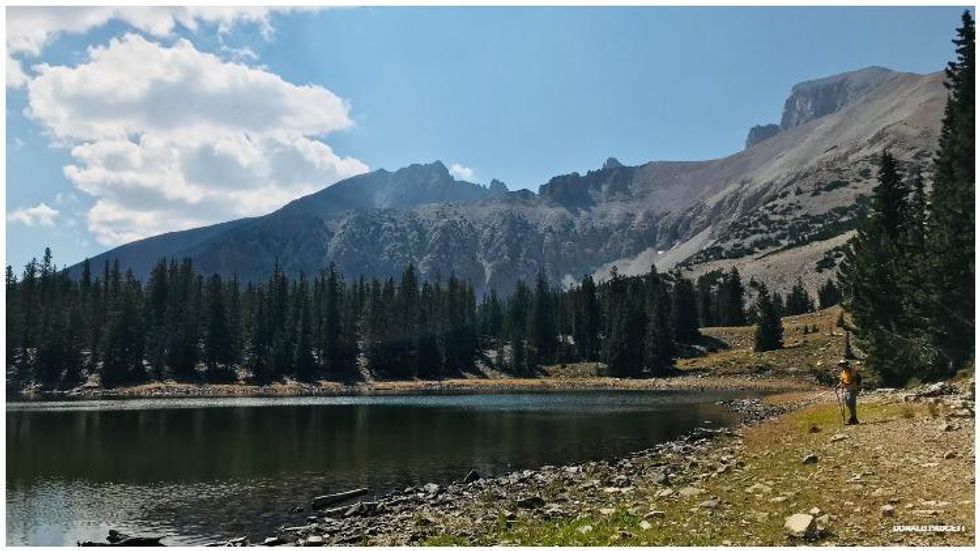
Great Basin National Park is so isolated, it's the least visited national park in the continental United States. It rises from the barren surrounding desert several hours from Las Vegas, and visitors can explore caverns, climb mountains, touch a glacier, and see some of the oldest trees on the planet. Wheeler Peak, the second tallest mountain in the state, looms over Stella Lake, and can be summited in less than a day.
Great Basin National Park - Nevada
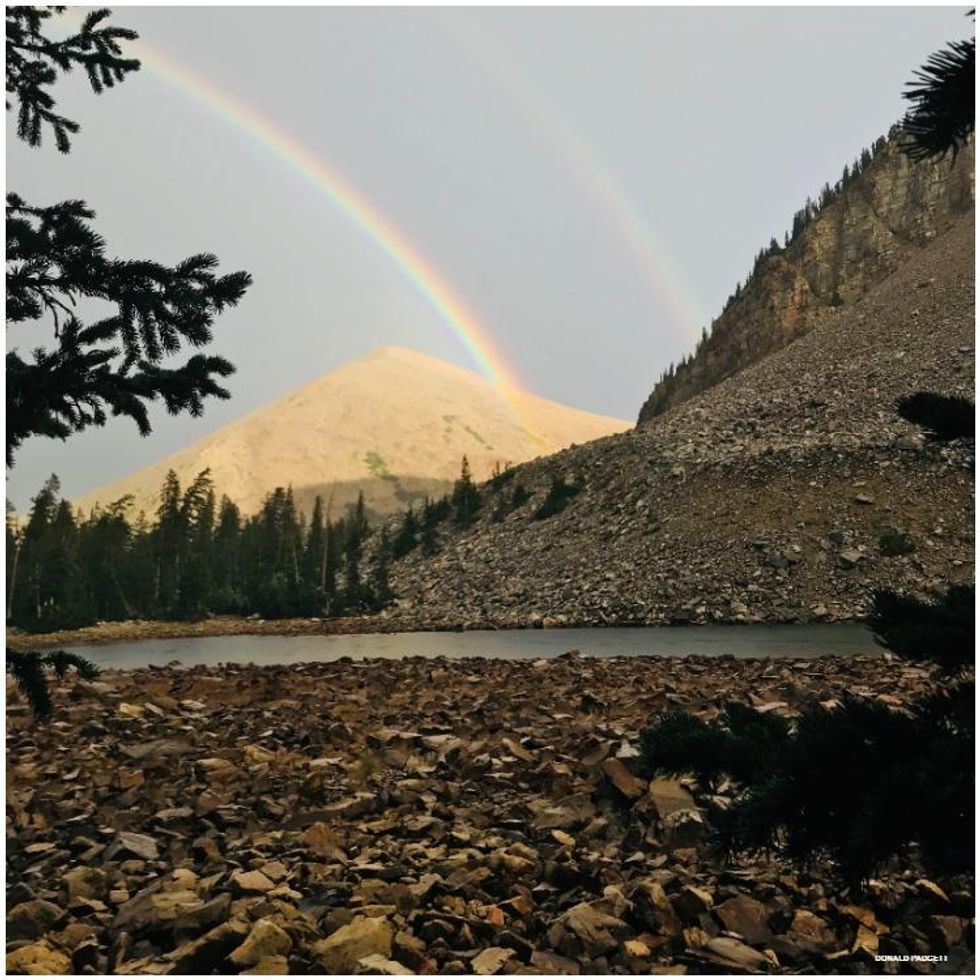
To really explore Great Basin National Park, strap on your pack and go exploring the backcountry. A little over five miles of hiking will lead you to Baker Lake nestled within a glacial cirque. Be sure to camp on the northern side of the lake, though, to avoid any unexpected rocks falling down the steep southern and western walls. The hiking loop also includes Johnson Lake and remnants of the since-abandoned mining operations in the area.
Jarbidge Wilderness - Nevada
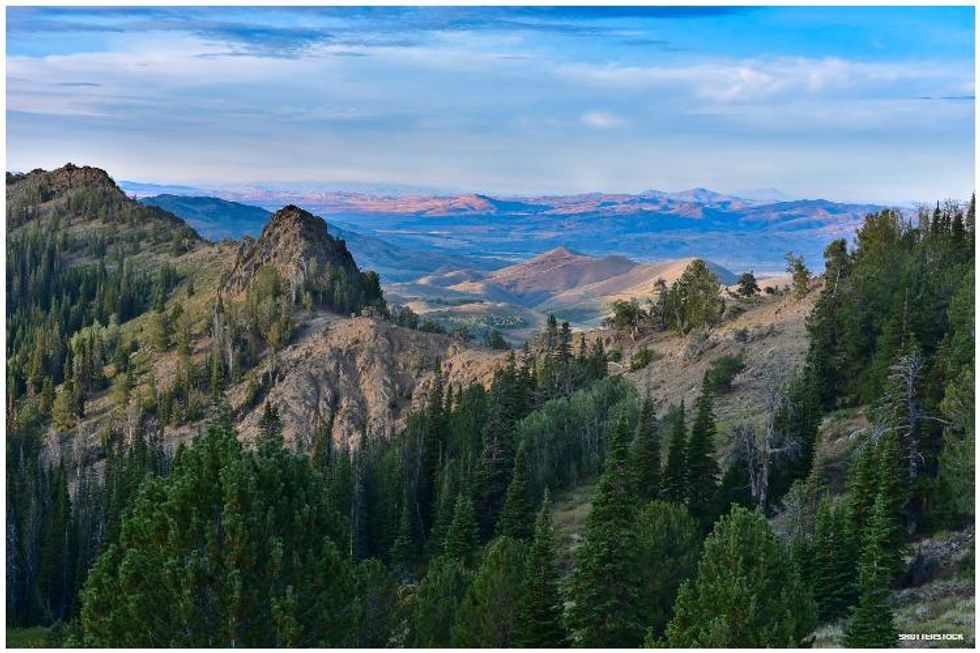
We've left the most isolated place for last. The Jarbidge Wilderness is located in northern Nevada just south of the Idaho border, but you won't regret the hour's journey over graded dirt roads to get there. The area features miles of hiking trails through unspoiled mountains and valleys. Don't be surprised if you're alone on the trails for days on end.

Services like food and very basic lodging are available in the nearby town Jarbidge, but the town is as small and isolated as the wilderness area sharing its name. And in case you were wondering, Jarbidge (not Jar-bridge, by the way) is a bastardization of the Shoshone language word for devil. The town has only around 100 or so permanent residents, so you won’t feel too crowded even when you come down from the mountain.
Latest Stories
Marriage equality will be banned in these 31 states if Obergefell is overturned
September 08 2025 10:40 AM
Explore the camp, parties, and parade of Provincetown Carnival 2025
September 05 2025 7:03 PM
Top 10 LGBTQ+ beach towns perfect for Pride and summer fun
June 05 2025 1:54 PM
Checking out: nhow London, the city’s coolest hotel
June 02 2025 8:45 AM
Wilderness, woods, and Wigstock: Drag icons light up the Catskills
May 28 2025 12:17 PM
Out and About with Christian Cooper
May 28 2025 11:07 AM
Lesbian Pride: Here's every Dyke March in the U.S. in 2025
May 14 2025 7:44 AM
'Boys! Boys! Boys!' debuts new podcast
May 01 2025 5:03 PM
Cobblestones, castles, and culture: Your LGBTQ+ guide to Edinburgh
April 30 2025 12:44 PM
My magical and affordable escape to Portugal
April 25 2025 6:08 PM
EDC Weekend Desert Days hits Sin City with Ultra Load
April 25 2025 4:27 PM
Pride-themed Easter shortbread treats!
April 14 2025 11:13 AM
Out and About with Karan Soni
April 04 2025 8:00 AM
The Charles is Pacific Grove's new LGBTQ+ hotel
March 28 2025 7:07 PM
Cowboys & Queens U.S. tour by Jane Hilton: A modern American dream
March 27 2025 5:00 AM
Trending stories
Recommended Stories for You

Donald Padgett
Managing Editor at OutTraveler. Also write for Out, The Advocate, and Plus magazines.
Managing Editor at OutTraveler. Also write for Out, The Advocate, and Plus magazines.













